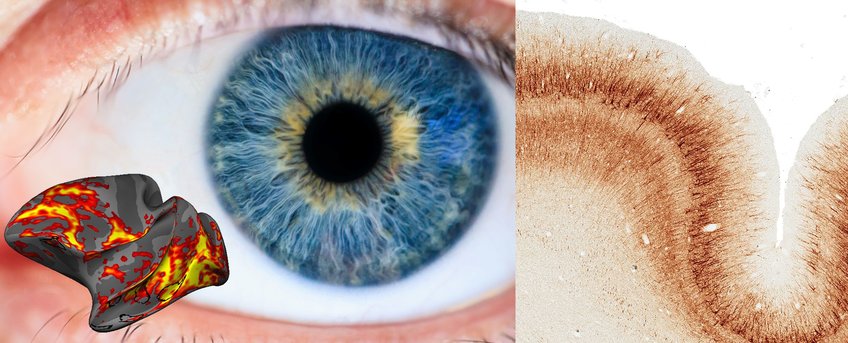
Neural Circuits and Cognition
Our research centers on cortical computations underlying perception and cognition, with a focus on understanding the neural basis and computational principles of learning. To this end, we employ a diverse toolset combining behavior, electrophysiology and functional magnetic resonance imaging (fMRI) in macaque monkeys (through our branch at the German Primate Center), with fMRI and intracranial recordings in humans. At present, the lab aims at understanding the rules and mechanisms that enable learning of abstract models; e.g., combining data from humans, monkeys, and artificial neural networks, we have unraveled how learning at different levels of abstraction maps onto different stages of hierarchical processing in visual cortex. Going further, we then study how learned models are used to predict what will happen in our sensory environment, leading to flexible and intelligent behavior. E.g., we have shown that neurons in the fMRI-identified face-processing system of the macaque learn to test predictions about sequences of faces, and that they do so on the basis of feedback from higher-order areas within this cortical hierarchy. In humans, we use intracortical recordings in epilepsy patients, incl. at the laminar scale, to investigate where and how sensory predictions are learned and tested in the human brain. With these studies, we aim to provide critical insight into how higher-order cortex encodes and communicates information and how learning optimizes these processes. We are currently funded by the Emmy Noether Program of the German Research Foundation and an ERC Starting Grant (VarPL, 802482).